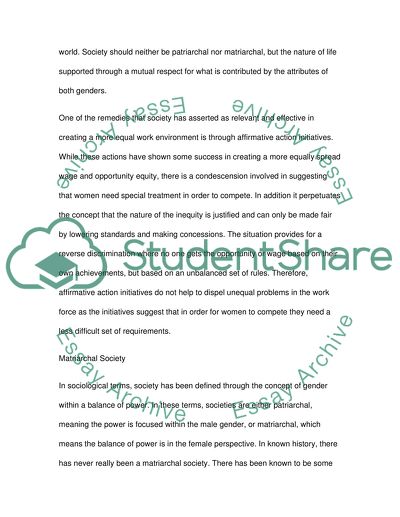Cite this document
(“Gender and Value: Inequality in the Workplace Environment and Essay”, n.d.)
Retrieved from https://studentshare.org/environmental-studies/1423663-womens-work-is-affirmative-action-the-most
Retrieved from https://studentshare.org/environmental-studies/1423663-womens-work-is-affirmative-action-the-most
(Gender and Value: Inequality in the Workplace Environment and Essay)
https://studentshare.org/environmental-studies/1423663-womens-work-is-affirmative-action-the-most.
https://studentshare.org/environmental-studies/1423663-womens-work-is-affirmative-action-the-most.
“Gender and Value: Inequality in the Workplace Environment and Essay”, n.d. https://studentshare.org/environmental-studies/1423663-womens-work-is-affirmative-action-the-most.


